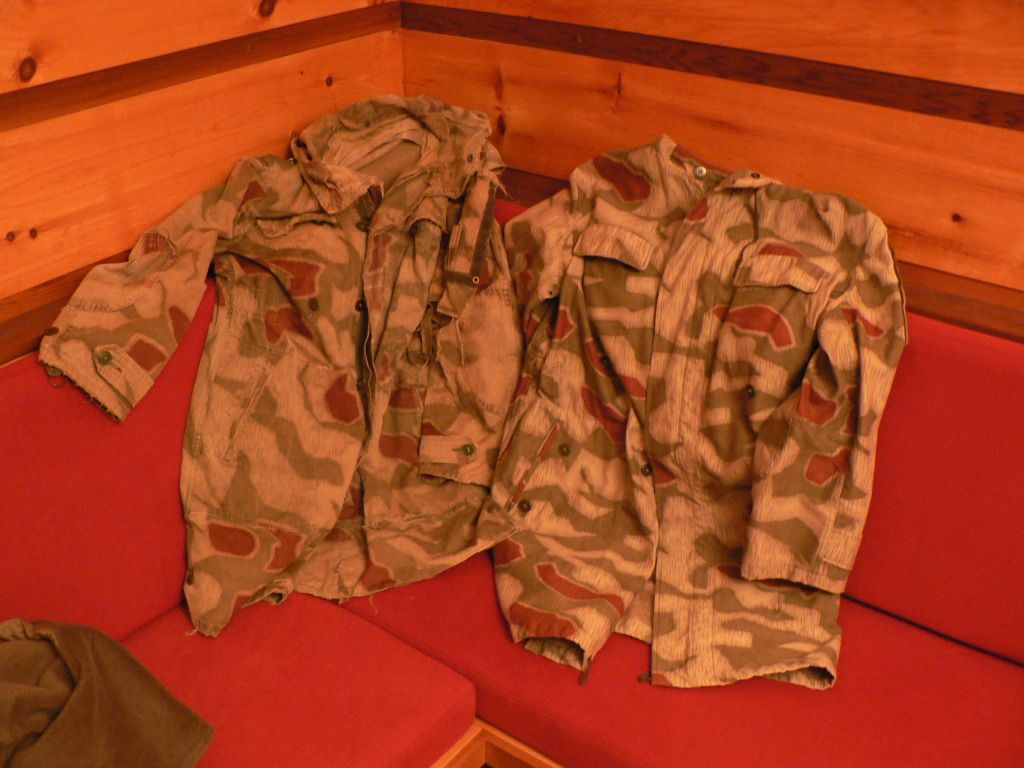New guy here. I recently bought one of the jackets (waiting for it to arrive). I've wanted one for years and finally sprung for one but I've never actually seen one in the flesh. I bought it to wear it....not on an everyday basis but fairly regularly. My understanding is that, other than the last ones made, they are made out of canvas like a zeltbahn. I have various Swiss zelts from the 40's and I was wondering if it's pretty much the same material they are made of? Also, I assume that they will hold up to use pretty well if that's the case. Do any of you guys have any insight on how well they do hold up? Also, it has some flecks of paint here and there as many seem to. What is the accepted reason why so many have paint and what is the best way to remove it should I decide to try? It looks like it will need a good cleaning too....warm or cold water? Thanks in advance for any input. 
















Comment